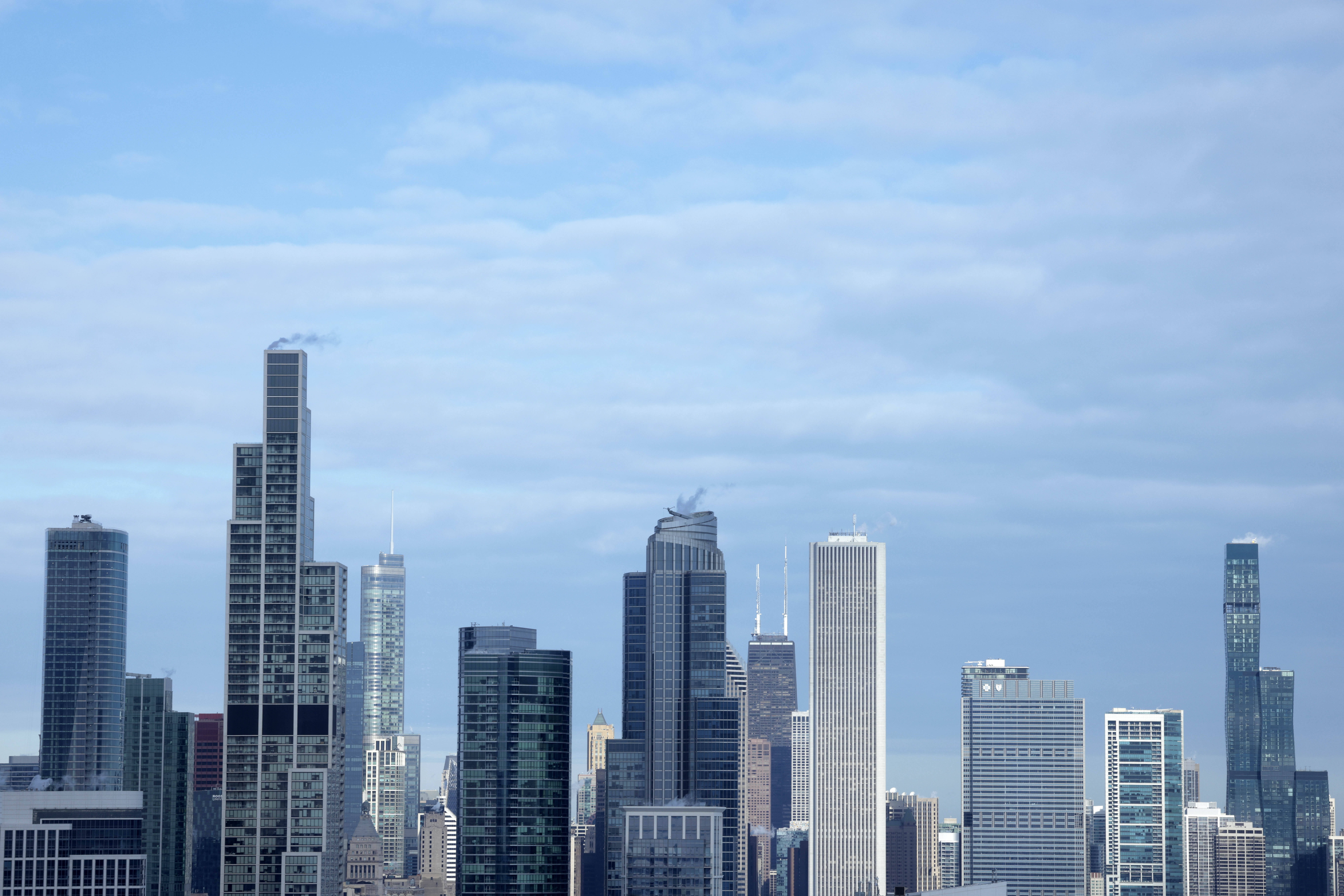The Chicago area got quite a spectacular treat late Friday as a rare solar storm triggered the Northern Lights across a large swath of North America.
A light show encompassing a large portion of Canada and stretching as far south as northern Alabama occurred as coronal mass ejections, large expulsions of plasma and magnetized particles from the sun, approached the Earth. This time around, the Northern Lights, also known as aurora borealis, could emerge in places where they usually aren't seen.
Aurora borealis typically light up the night sky at high latitudes, but during intense periods of solar activity, they can be spotted farther south than usual.
The "very rare" solar storm arrived earlier than expected on Friday, spurring the National Oceanic and Atmospheric Administration to issue its first rare geomagnetic storm warning since 2005.
Michelle Nichols, director of public observing at the Adler Planetarium, explained that the sun is unleashing material toward Earth, which impacts the magnetic field.
"Some of the material has been stirred up in the magnetic field, and it has been streaming down toward the earth’s poles, interacting with gases in our atmosphere and causes the gases to glow," she said.
It’s not clear exactly when your best chances are to see the northern lights, but Nichols said try to go out when it’s clear. She also shared a few other pieces of advice for the best viewing experience.
"Get out when it's dark, get away from light pollution," Nichols stated. "Auroras tend to be dim, so away from city lights."
If you can't travel, you might not be totally out of luck.
Feeling out of the loop? We'll catch you up on the Chicago news you need to know. Sign up for the weekly Chicago Catch-Up newsletter here.
"Put bright lights to your back," she recommended. "You might not see, but there’s a better chance."
If you can’t see the northern lights with your own eyes, your cell phone's time-lapse camera might pick up a cool shot.
When it comes to the geomagnetic storm itself, conditions will peak at around 1 a.m., when the solar storm reaches 8 on the KP index, a nine-point scale that measures aurora strength.
And while humans aren’t in danger, power grids and satellite communications could possibly be affected.
If you aren't able to see the northern lights late Friday, it won't be your only chance.
Another sighting is possible on Saturday night as the geomagnetic storm is expected to persist throughout the weekend.



